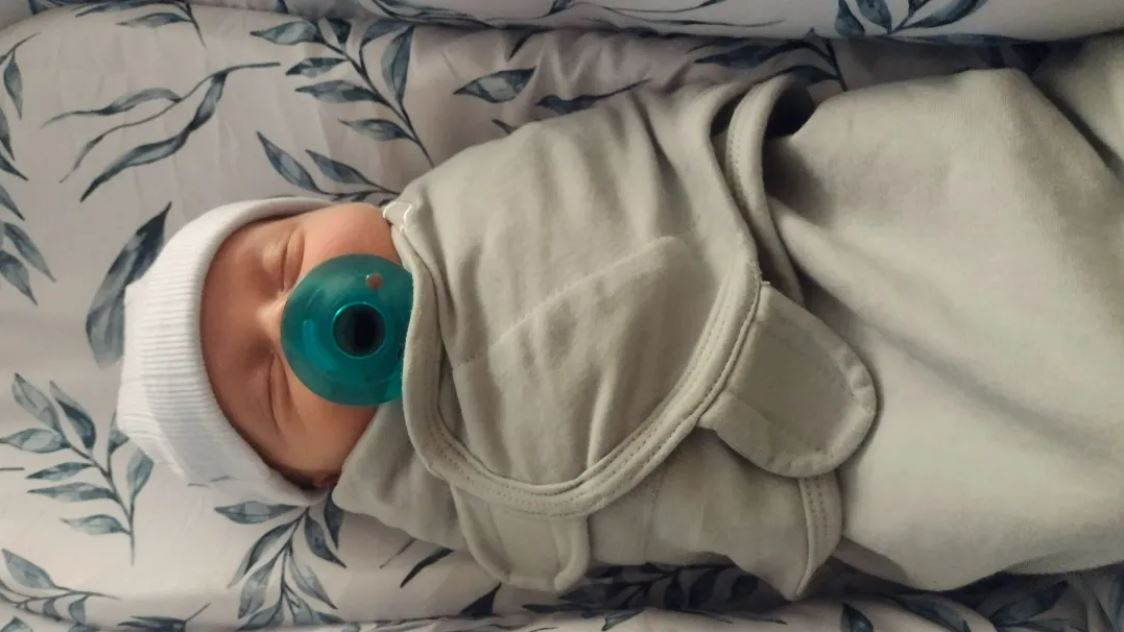In July 2025, a couple in Ohio made international headlines after welcoming a healthy baby boy, Thaddeus Daniel Pierce. He was born from an embryo that had been cryopreserved for over 30 years. The transfer was done at Rejoice Fertility in Tennessee, and according to the clinic, the embryo had been frozen in 1994 and remained stored for more than 11,000 days before being adopted and successfully implanted.
This story isn’t just about breaking records. It challenges assumptions about embryo freezing, raises new interest in embryo adoption, and serves as a powerful reminder that advances in cryopreservation and lab protocols can keep even decades-old embryos viable.
It also raises an important question: what does this mean for patients today, especially those with embryos in storage, or those considering IVF, embryo adoption, or surrogacy with frozen embryos?
Embryos Don’t Expire, But the Science Behind Freezing Matters
There’s a common misconception that embryos lose viability after a few years in storage. The truth is, when properly frozen and stored, embryos can remain viable indefinitely. Today, most IVF clinics use vitrification. It’s a fast-freezing method that prevents ice crystal formation and improves survival rates during thawing.
In the Pierce case, the embryos had been frozen in 1994 using a slower method common at the time. The clinic credited their success to specialized thawing protocols that most labs won’t even attempt today. That’s a key point: the embryo’s age matters far less than how it was handled during freezing and thawing, and the skill of the embryologist managing the process.
What Is Embryo Adoption and Why Is It Growing?
The term “snowflake baby,” used in the Pierce family’s story, refers to children born from adopted embryos. These embryos often come from couples who completed their family through IVF and chose to donate unused embryos to others.
Embryo adoption offers a path to parenthood for individuals who can’t use their own gametes. It’s also an option for couples looking to bypass egg and sperm donor processes, with the added benefit of transferring genetically tested embryos. Programs offering donor embryos already screened with PGT-A can reduce uncertainty, particularly for patients in their 40s or with complex fertility histories.
At SILK Medical, embryo adoption programs start at $4,300, including a PGT-A tested embryo with known gender and chromosomal health. This can be a faster and more affordable route than a full donor egg cycle.
Frozen Embryos from Other Clinics: Can They Be Shipped and Used Elsewhere?
Yes, and it’s becoming increasingly common. Patients often move, change clinics, or seek surrogacy options not available in their home country. Clinics like SILK Medical regularly receive frozen embryos from the United States, Canada, Japan, and across Europe.
Embryos can be safely shipped using cryo-courier services, stored in liquid nitrogen tanks for the journey. The receiving lab must confirm compatibility with the freezing media used (Cryotech and Kitazato are common), and an experienced embryologist should supervise thawing and transfer preparation.
SILK’s embryology team has experience with day-3, day-5, day-6, and even day-7 embryos, including those frozen using protocols outside Georgia. The lab can adapt its handling procedures based on the shipment’s origin and condition.
Does Embryo Age Affect Pregnancy Success?
Statistically, the most important factor is the woman’s age at the time of egg retrieval and not how long the embryo has been frozen. An embryo created with donor eggs from a 25-year-old donor will have the same chromosomal quality whether it’s transferred a week later or 10 years later.
That said, not all embryos are created equal. Embryos that were PGT-A tested (screened for aneuploidy) offer greater confidence. Embryos graded highly at the blastocyst stage (day 5–6) also carry better implantation potential. Poor freezing or outdated cryopreservation methods can affect survival during thawing, but most modern labs have adapted to handle such variables.
Options for Patients With Frozen Embryos — or Considering Embryo Donation
Patients who already have embryos in storage can pursue surrogacy or frozen embryo transfers without starting from scratch. In Georgia, surrogacy is available for married couples or those with proven cohabitation of at least one year. Programs like SILK Medical’s $38,900 or $41,000 surrogacy packages are designed specifically for patients with ready embryos. For those without embryos, a combined IVF and surrogacy package is also available.
Embryo storage at SILK Medical is included in most programs, and the clinic’s legal team assists with documentation, including embryo origin, freezing certificates, and parental identification. Embryo thawing and transfer are handled in-house, eliminating the need to re-freeze or outsource sensitive lab work.
Patients can also begin with a frozen embryo transfer only, priced at $1,500, or combine embryo adoption with surrogacy or IVF as needed.
The Future of Fertility Isn’t Limited by Time
The Ohio couple didn’t set out to break records, they just wanted a baby. And that’s the most important takeaway. For patients considering embryo freezing, adoption, or surrogacy, it’s reassuring to know that time does not erase potential.
What matters is the quality of the embryo at creation, the competence of the lab during thawing and transfer, and the medical and legal framework supporting the process. Whether the embryo is 30 days old or 30 years, the possibility of life remains, if given the right conditions.


